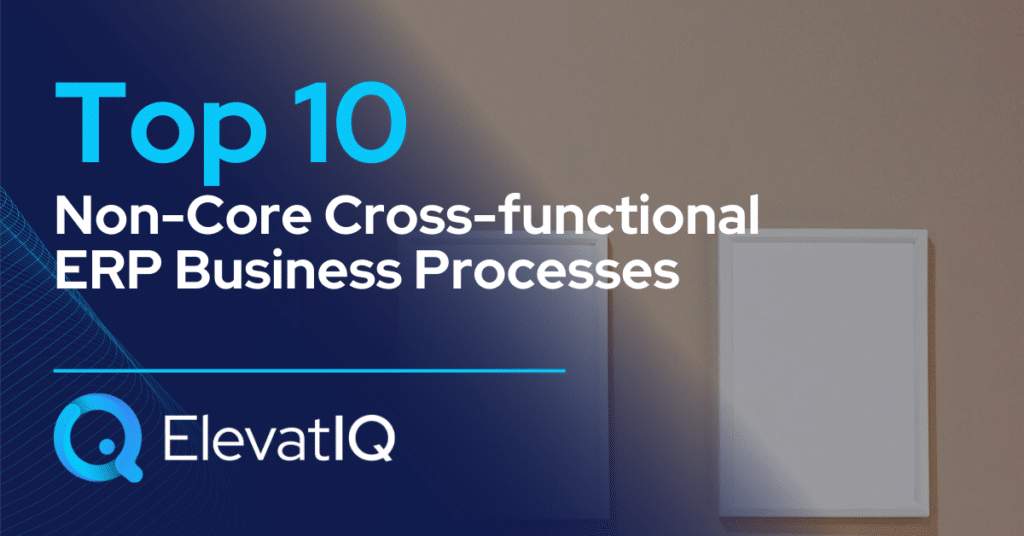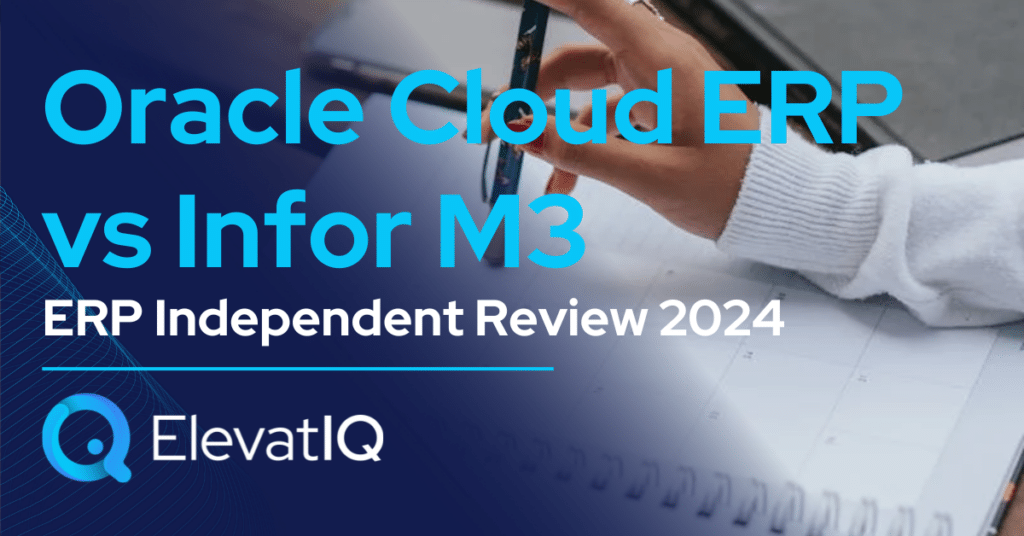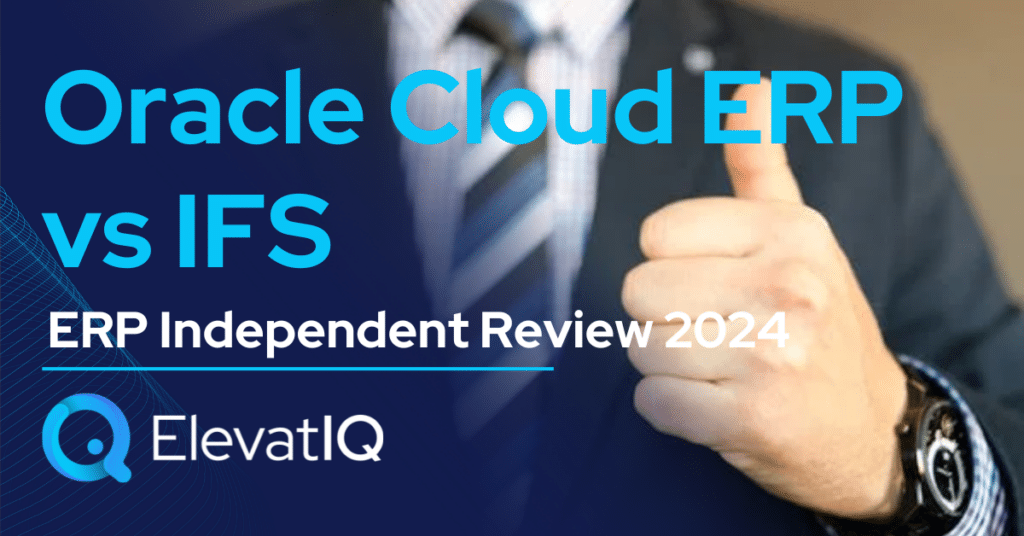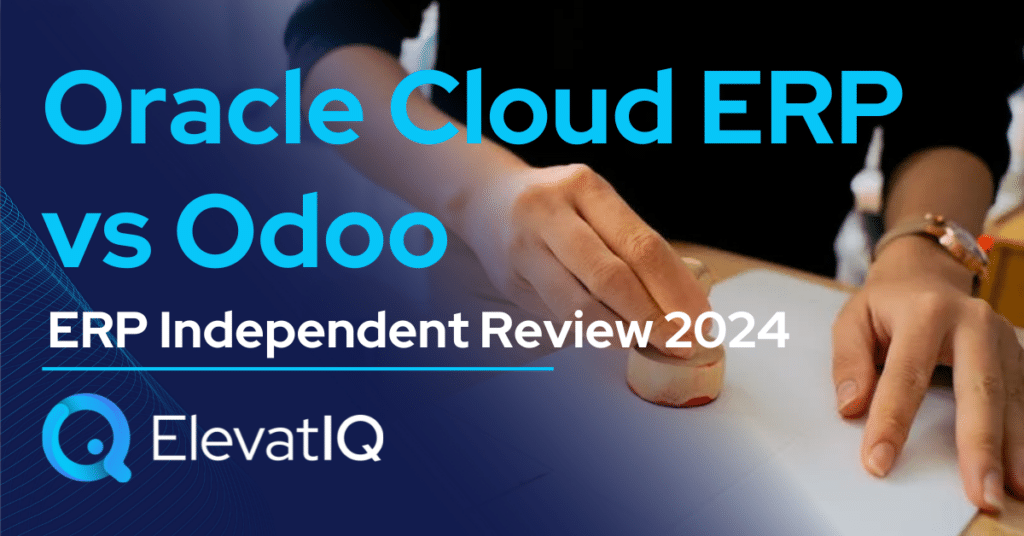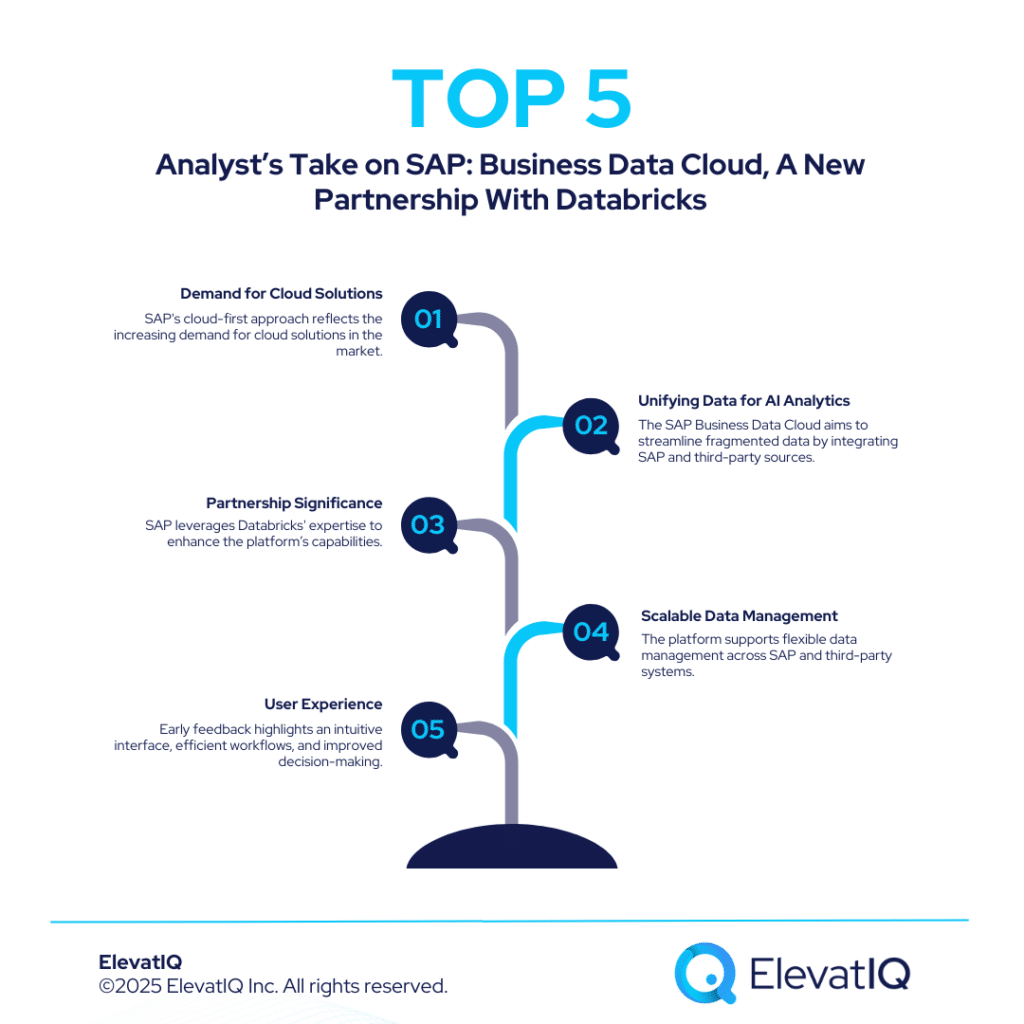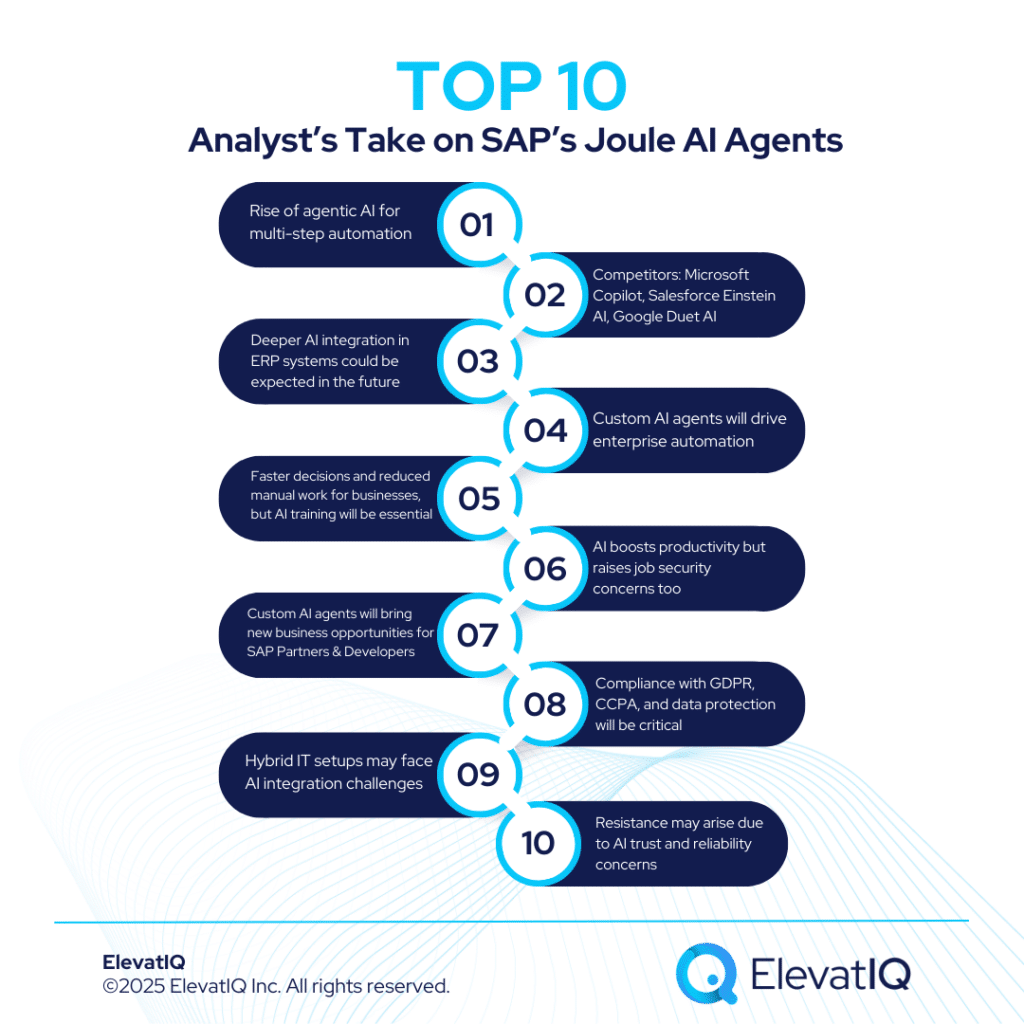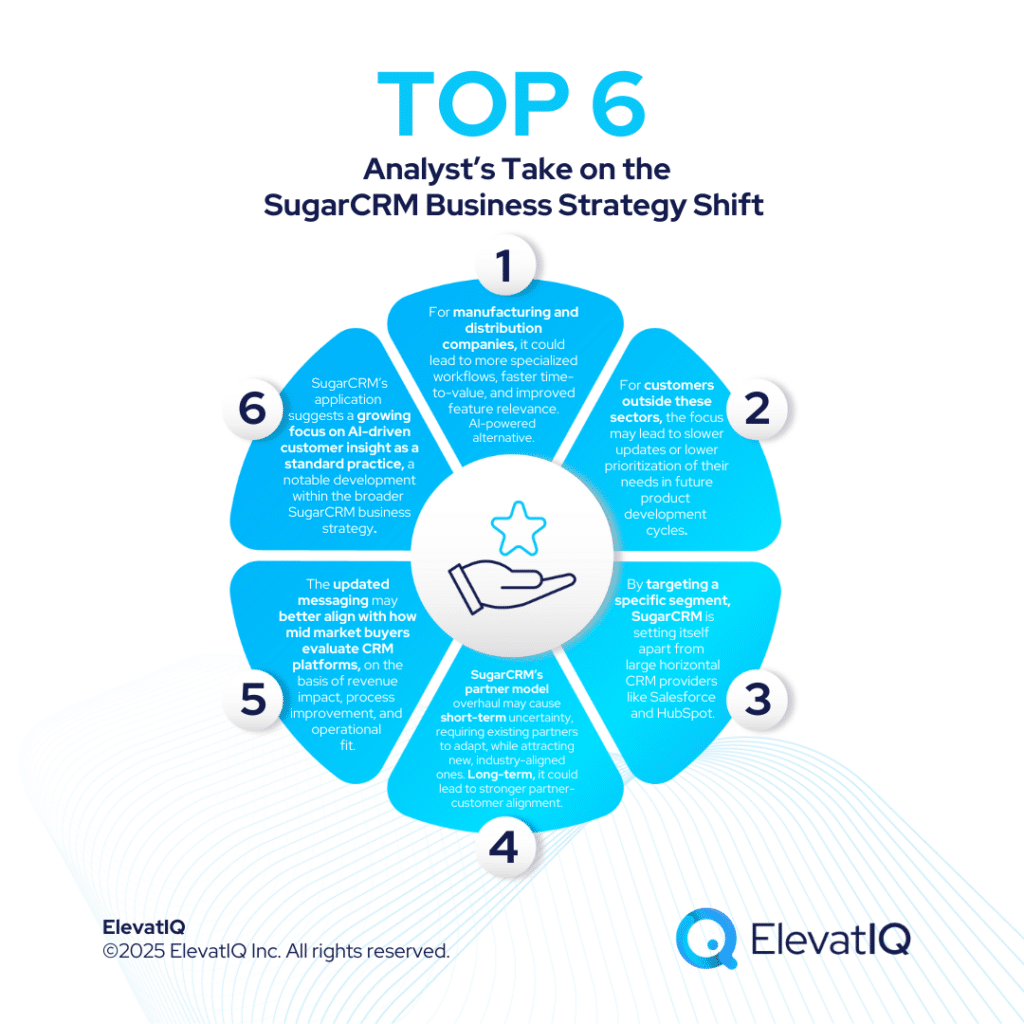Last Updated on March 17, 2025 by Sam Gupta
The list of ERP business processes is endless and can seem overwhelming. However, not all these processes hold equal importance and can vary significantly depending on their interaction with the ERP system. While core processes tend to be consistent across most solutions, non-core ERP business processes vary considerably.

Various factors influence whether a business process qualifies as core or non-core. Typically, core processes are hosted within the ERP system, while non-core ERP business processes may often reside in external systems. For instance, the order-to-cash process is a classic example of a core ERP cross-function business process commonly integrated into the ERP system. Other processes like Dispatch-to-deliver and Issue-to-resolution demonstrate high levels of integration with ERP systems but may vary based on business models.
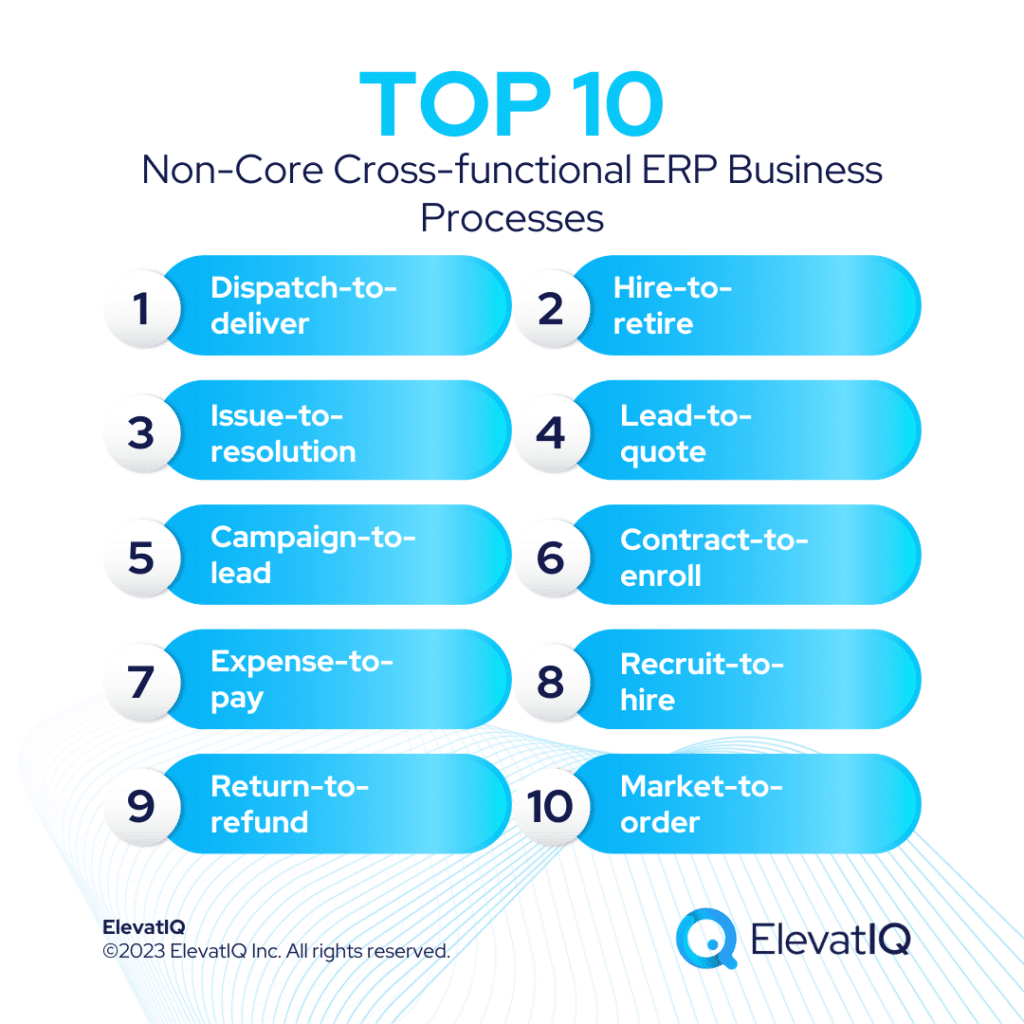
Cross-functional business processes can also undergo significant transformations depending on the industry they serve. For instance, the order-to-cash process for a manufacturing company can differ substantially from that of a transportation company, with the latter possibly residing in a Transportation Management System (TMS) rather than the ERP. Understanding these non-core ERP business processes is essential for making informed decisions about system selection and architecture, as the line between integrating them into the ERP or opting for a best-of-breed solution can be quite thin.

1. Dispatch-to-deliver
The dispatch-to-deliver business process initiates when a shipment is ready to dispatch from the facility. It involves several steps, like planning and coordinating various stages in the supply chain. It is to ultimately deliver goods to the customer and obtain their signature as proof of receipt. This business process primarily falls under the responsibility of the supply chain execution function.
Typically, ERP systems do not include the dispatch-to-deliver process as an integral part of their functionalities. Instead, specialized systems like WMS(Warehouse Management System) or TMS(Transportation Management System) generally facilitate this process.
However, some systems available in the market offer an embedded experience for the entire dispatch-to-deliver process. Therefore, when deciding how to manage the dispatch-to-deliver process within your organization, you should consider transaction volume and architectural requirements. Depending on your specific needs, you can incorporate this process within your ERP system or introduce a dedicated WMS or TMS system into your architecture.
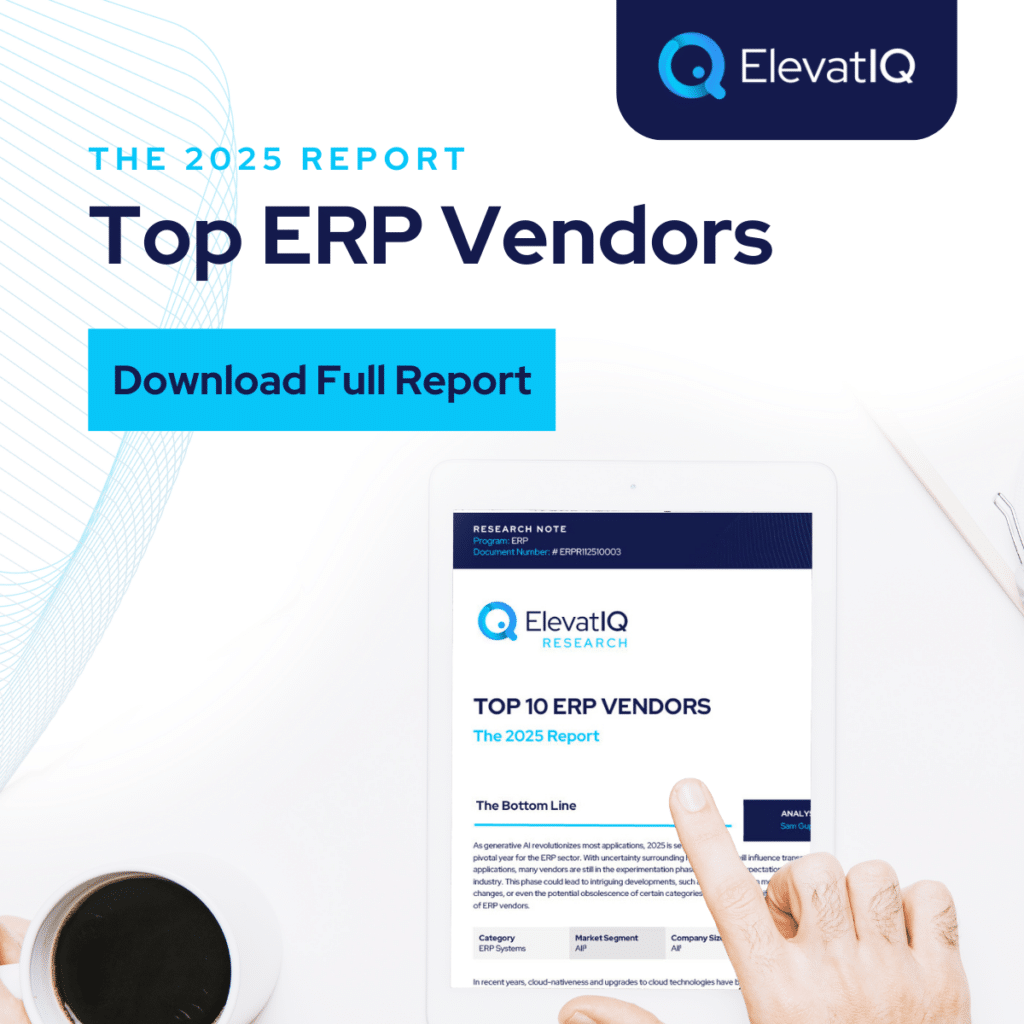
2. Hire-to-retire
The HR department primarily manages the hire-to-retire process. It begins with the recruitment of candidates, their onboarding, training, and monitoring of their job performance, and concludes with the necessary procedures when the company either terminates them or they leave voluntarily.
In most cases, an HCM system facilitates this process. Generally, ERP systems do not have the functionality to host this process. However, there are instances when the hire-to-retire process interacts with ERP systems in industries where specific skills and certifications are integral to the operational processes.
In such cases, ERP systems tailored for these industries may incorporate certain elements of the hire-to-retire process. This integration ensures that HR-related data, like employee skills and certifications, is seamlessly integrated into the broader ERP system, enabling better workforce management within the company’s overall operations.
3. Issue-to-resolution
The issue-to-resolution process is a fundamental customer service procedure that companies follow to address customer concerns and ensure the smooth functioning of their products or services. It typically commences when customers reach out with specific issues related to their equipment or services. Upon receiving the customer’s call or inquiry, service teams assess whether the equipment or service is still under warranty coverage as the first step. This can significantly impact the resolution process.
If the warranty covers the equipment or service, the service team provides the necessary services to rectify the issue. In cases where the warranty has expired or does not apply, the service team may initiate the process of issuing a purchase order for any required replacement parts or services. This process may sometimes involve physical visits to the customer’s location, especially if there is a need for on-site repairs or inspections.
Managing this process is essential for customer satisfaction and operational effectiveness for companies. They often host this process inside CRM or a best-of-breed field service system. Depending on their specific needs and preferences, some companies integrate this process with their ERP systems, initiating the flow with a service order or a GL entry.
4. Lead-to-quote
The lead-to-quote process is integral to pre-sales and marketing automation workflows, primarily hosted within CRM systems. It commences by creating leads, which are potential customers, through various channels such as physical marketing campaigns or digital initiatives.
These leads then move through the funnel using a series of interactions, which involves estimating the required services, if necessary, engaging in engineering activities to tailor offerings to the customer’s needs, and, finally, releasing the quote.
It’s important to note that in most cases, this process remains within the confines of the CRM system and does not typically involve an ERP system. However, exceptions exist, particularly when engineering processes require access to product data or when configuring complex product quotations (CPQ), necessitating a connection to the ERP system.
5. Campaign-to-lead
The campaign-to-lead process is a fundamental aspect of marketing and sales operations within a business. It is a crucial precursor to the lead-to-quote process or can function as a subset.
This process begins with the initial design of marketing campaigns, which can be either physical, such as print advertisements or billboards, or digital, including online ads and social media promotions. After campaign planning, the next step involves executing these marketing initiatives. Subsequently, it necessitates the measurement of campaign results to gauge their effectiveness.
A key component of the campaign-to-lead process is capturing potential customers’ interest and guiding them through the sales funnel until they convert into leads. It’s important to note that, in most cases, this process operates independently of the company’s ERP system. ERP systems typically come into play much later in the customer journey, mainly when leads are qualified and have the potential to translate into financial opportunities for the company.

6. Contract-to-enroll
Companies involved in multiple enrollment campaigns commonly use the contact-to-enroll business process, particularly for subscription-based services like educational courses or paid events. This process guides potential participants from initial contact to successful enrollment.
It begins with identifying specific programs or offerings the organization wants to promote. Once they identify the programs, the next step involves crafting targeted marketing campaigns to generate interest among potential participants. The process also involves nurturing these prospects through a sales or enrollment funnel. This may include various stages, such as providing information, addressing queries, and guiding them to the enrollment step.
These programs may be paid or unpaid depending on the organization’s objectives. It’s important to note that unless there is a specific requirement for integrating financial aspects into the organization’s ERP system, this contact-to-enroll process typically operates independently from the ERP, focusing solely on the enrollment journey of potential participants.
7. Expense-to-pay
Expense-to-pay is a crucial component within an organization’s time and expense workflow. In this process, an employee initiates the workflow by reporting expenses incurred during client visits, projects, or events. These expenses may include a wide range of items, such as travel costs, accommodation, meals, and other related expenditures.
The primary goal is to accurately document, validate, and eventually pay or bill these expenses, depending on the specific circumstances. Depending on company policies, some expenses may need to be billed to clients for reimbursement, while others may be eligible for direct reimbursement to the employee. Additionally, organizations often need to oversee and control budgets associated with employee expenses, ensuring that expenditures remain within predefined limits.
Employees who have received company credit cards to facilitate expense transactions manage these cards, including monitoring transactions and ensuring timely payments. Companies may host this complex process within a specialized T&E software or utilize the T&E module within their ERP system.
8. Recruit-to-hire
Recruit-to-hire is a fundamental process that lays the foundation for an organization’s workforce. It is a precursor to the hire-to-retire process. First, it all starts with creating job descriptions that outline the roles and responsibilities expected from potential candidates. Once these descriptions are in place, the process shifts towards identifying the most suitable channels for sourcing potential candidates. This could involve posting job listings on websites, utilizing recruitment agencies, or leveraging social networks.
Following candidate sourcing, a critical aspect of recruit-to-hire is conducting evaluations and interviews. This entails assessing candidates’ qualifications, skills, and cultural fit within the organization. Organizations often perform background checks to ensure the correctness of a candidate’s claims and protect the company’s interests.
Finally, once a candidate is selected, the recruit-to-hire process culminates with signing offer letters, solidifying the employment agreement. While it rarely touches ERP, companies often use various systems like Applicant Tracking Systems (ATS) or Human Capital Management (HCM) software to streamline and manage these tasks efficiently.
9. Return-to-refund
The return-to-refund process is an integral component of the overall return procedure within a company. This process typically begins with the initiation of a return request by the customer. Once initiated, the company handles various steps, including processing the return, providing appropriate packaging and labels, and receiving the returned inventory.
They perform a crucial quality check at this stage to ensure the returned items meet the necessary standards. Subsequently, the respective vendors might receive the inventory back, and they may manage the warranty process if applicable. Finally, the company issues the refund to the customer, thus concluding the transaction.
To host the return-to-refund process, companies commonly integrate software systems, such as eCommerce platforms, POS systems, or ERP software. Moreover, the return process frequently interfaces with other essential systems, including WMS, OMS, and CRM tools. Within an ERP workflow, the process can start by directly capturing the return request within the ERP system or by interacting with it to process the necessary General Ledger (GL) entries.

10. Market-to-order
Market-to-order is a comprehensive business process that serves as a superset of lead-to-quote and the precursor of order-to-cash. The process begins with formulating and maintaining a well-thought-out marketing plan, which includes strategies and tactics to reach the target audience effectively. Once the plan is in place, the next step is the design and execution of marketing campaigns, aligning them with the established budget.
Throughout the marketing campaigns, monitoring their performance and effectiveness is crucial, ensuring that they yield the desired results. As part of this process, leads are generated and captured. Managing these leads involves guiding them through the sales funnel, where they are nurtured and engaged until they reach the point of conversion into actual orders. This conversion marks a critical transition from marketing to the subsequent stages of the business cycle.
In most cases, Market-to-order operates independently of an ERP system. However, in some situations where quoting, estimation, and engineering processes are tightly integrated into the company’s operations, they might be hosted within the ERP system. Alternatively, if the quoting and estimation functions are part of the ERP, the integration may occur even earlier in the business cycle.
Conclusion
In conclusion, distinguishing between the core and non-core ERP business processes is necessary to navigate different business processes smoothly. The nuances of ERP systems and diverse industry requirements often complicate this task. While core processes are consistent and typically integrated within the ERP, non-core processes can exhibit a broader spectrum of possibilities, including integration with best-of-breed solutions or residing in external systems. Recognizing the distinctions and dependencies among these non-core processes is crucial for making informed decisions about system selection and architecture.


